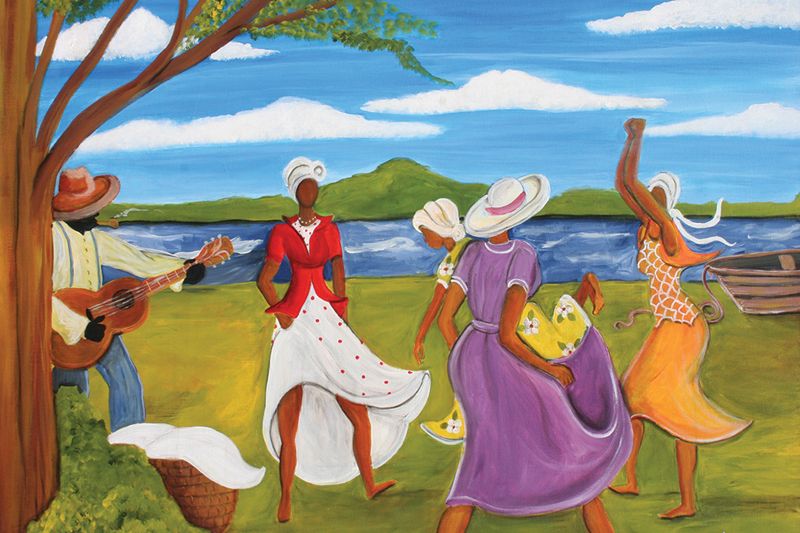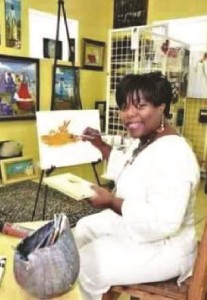Sonja Griffin Evans: A gift from God


 “Everything in life has a purpose” she affirmed. “Even the grass that we stand on every day has a purpose for sustaining the environment in which we live. So the gifts and the talents we have are for a purpose.”
“Everything in life has a purpose” she affirmed. “Even the grass that we stand on every day has a purpose for sustaining the environment in which we live. So the gifts and the talents we have are for a purpose.”